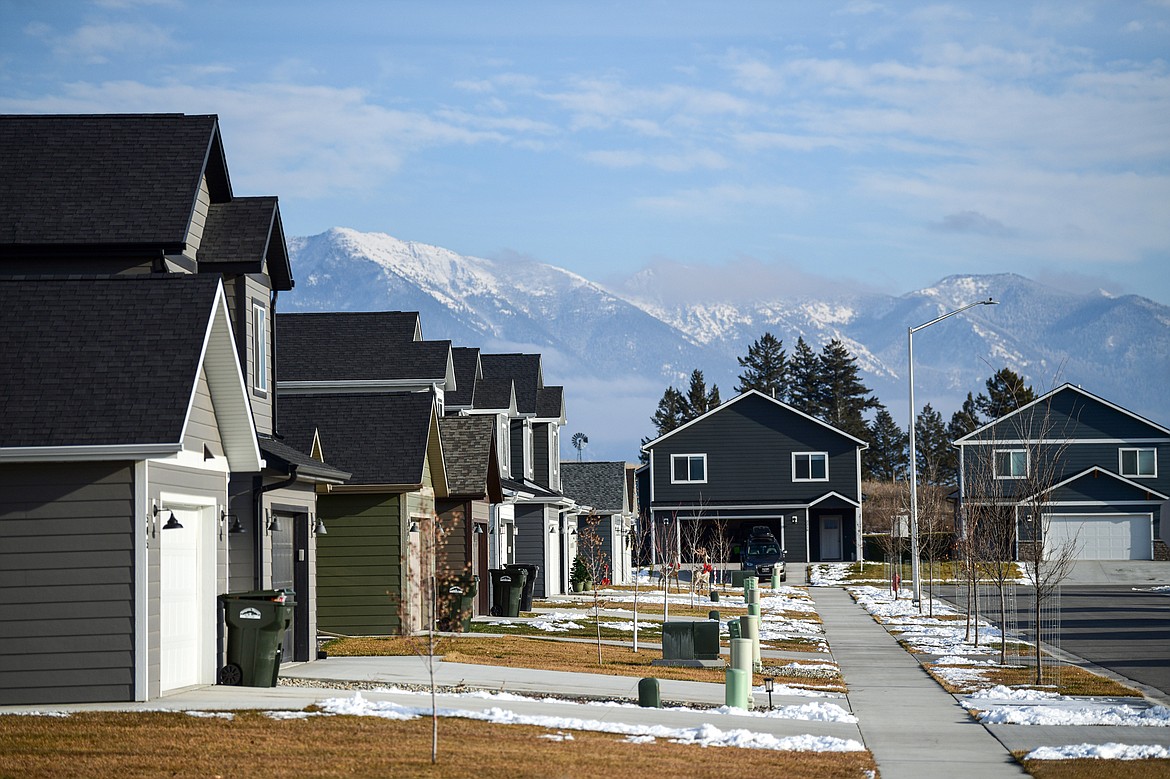Economist urges local governments to loosen land-use regulations
High housing prices are likely here to stay, but factors such as local land-use regulations are limiting the growth of supply, according to a midyear economic update by the University of Montana’s Bureau of Business and Economic Research.
The update was presented Aug. 1 at the Hilton Garden Inn in Kalispell and focused on housing affordability in the state, offering insight into possible solutions to boosting the state’s supply of homes.
Speakers Patrick Barkey, bureau director, and Todd O’Hair, president and CEO of the Montana Chamber of Commerce, presented in six other cities across Montana before arriving in Kalispell.
Support Local News
You have read all of your free articles this month. Select a plan below to start your subscription today.
Already a subscriber? Login
Daily Inter Lake - everything
Print delivery, e-edition and unlimited website access
- $26.24 per month
Daily Inter Lake - unlimited website access
- $9.95 per month

